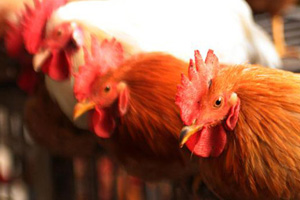Optimistic future for Argentina’s layer sector

Egg production in Argentina has grown 54% over the last decade and per capita consumption has increased 63%. In addition, exports of eggs and byproducts are estimated to increase 2500% by 2017.
Exports of table eggs and egg products increased from U$S 3 million in 2003 to about U$S 40 million in 2012, according to the Argentina Chamber of Poultry Producers (CAPIA), who have projected an increase to US$ 76 million by 2017. These products are distributed across America, Europe, Asia and Africa.
In addition to the export of table eggs – in shell and powder form – Argentina has also exported genetics through the shipping of fertile eggs and breeding stock.
CAPIA’s chief executive, Javier Prida, notes that the strengthening position of Argentinian poultry is due to the growth of large, medium and small producers. The macroeconomic conditions and the implementation of good governmental policies, have worked together with the efforts and commitment of Argentina poultry sector.
In 2003, the population of layer hens was 24 million and today it is 37 million. Projections for 2017 are that the layer hen population will reach 47 million birds. This indicates a growth in the period 2003-2013 of 96% up until 2017, according to CAPIA.
The projections are optimistic for foreign trade, since those are based on the idle capacity of egg processing plants. In the last ten years, the average investment for the breeding sector, rearing, layers and industrialisation of eggs was US$ 34 million annually and CAPIA expects a rise to US$ 46.2 million by 2017.
Both domestic and foreign markets have boosted egg production in Argentina. Currently the per capita consumption is 227 eggs which 10 years ago was 139 eggs. Producers expect per capita consumption will increase to 274 eggs in 2017. Argentina can therefore take second place as consumer of eggs per capita in Latin America, behind Mexico.
For Javier Prida, none of this could have been developed without an active domestic market and demand. Moreover, he emphasised that the international negotiations and promotion of products and the Argentina brand will become more strategic.













